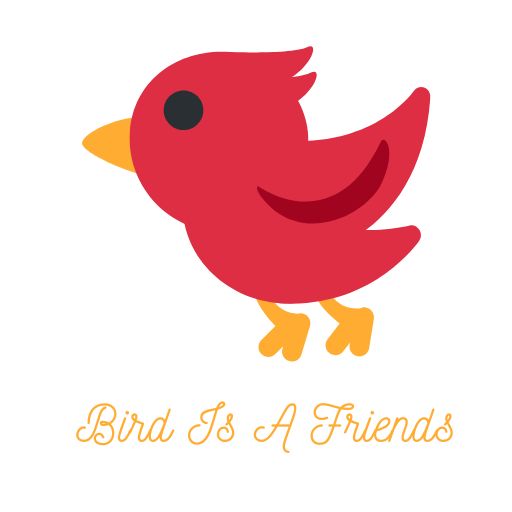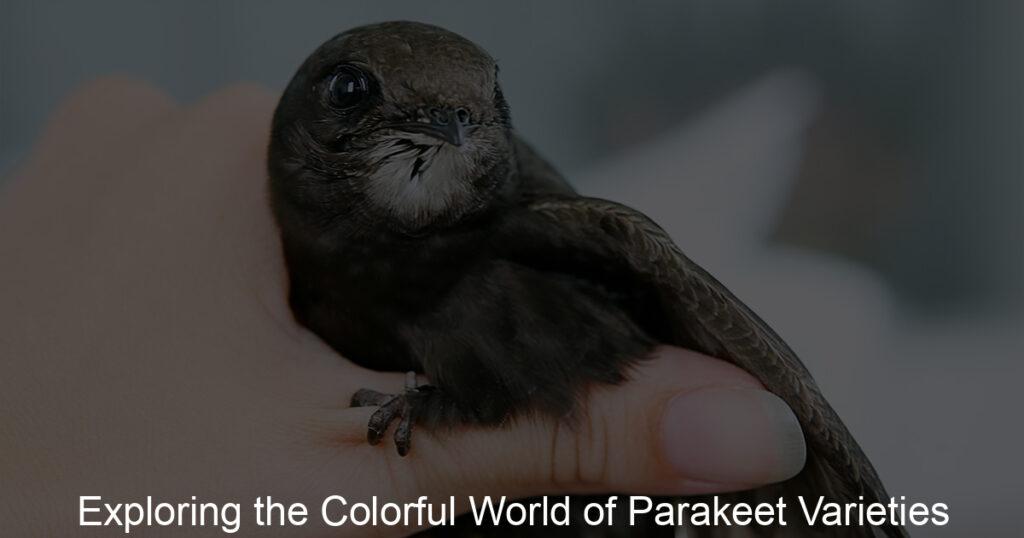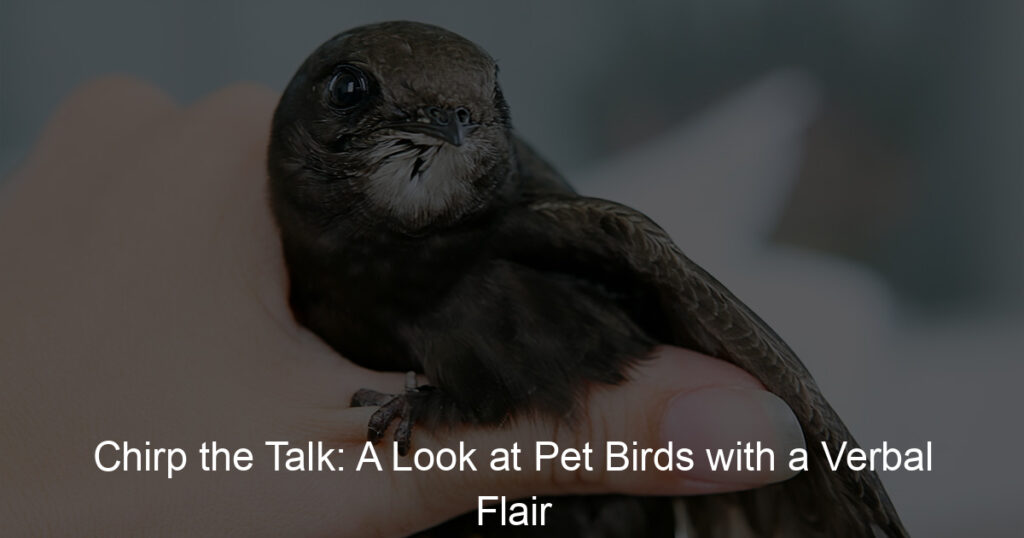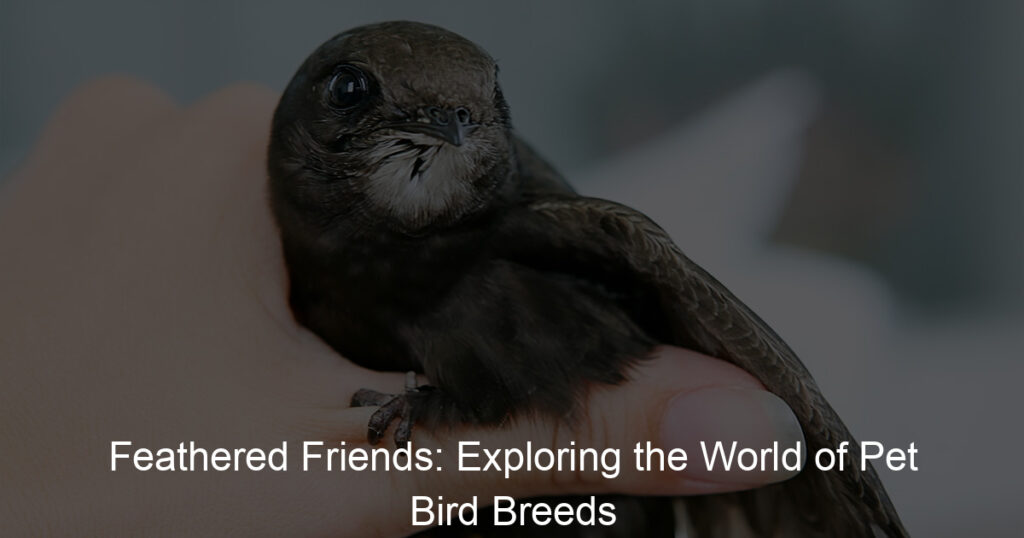Introduction to Types of Pet Birds
Whether you are an avid bird lover or a beginner looking to adopt your first feathered friend. In this section, we will provide an overview of various bird species and emphasize their unique characteristics before adoption.
-
- Overview of the Different Types of Pet Birds
There are numerous types of pet birds, each with its own unique characteristics, needs, and behaviors. Some of the most popular pet birds include Parakeets, Canaries, Lovebirds, Cockatiels, and African Greys. Parakeets, for example, are known for their vibrant colors and playful personalities. On the other hand, African Greys are highly intelligent and are known for their impressive talking abilities.
-
- The Bird Species Before Adoption
A long-term commitment that requires careful consideration. Birds, like any other pets, have specific needs that must be met for them to live a healthy and happy life. The species of the bird you plan to adopt as it helps you provide the right care and environment for your new feathered friend.
For instance, some birds like Parakeets and Lovebirds are social creatures that require constant interaction and stimulation. On the other hand, species like Canaries are more independent and prefer to be left alone. You can choose a bird that fits your lifestyle and provide the care it needs.
In the following sections, we will delve deeper into the different types of pet birds, providing detailed information about their characteristics, care requirements, and suitability for beginners. Whether you’re looking for a small, easy-to-care-for bird or a larger, more interactive pet, we’ve got you covered.
Small Pet Birds: A Closer Look
Common Small Pet Bird Species
Here are three of the most common small pet bird species that are often chosen as pets:
-
- Canaries
They are known for their vibrant colors and beautiful songs. They are generally easy to care for and do not require a lot of space. Canaries are solitary birds and prefer to live alone, making them a great choice for those who only want one bird. Learn more about Canaries.
-
- Finches
A small, lively birds that are known for their active behavior and pleasing chirps. They are social birds and thrive in pairs or small groups. They require a cage with enough space to fly around but are generally low-maintenance. Learn more about Finches.
-
- Parakeets
Also known as budgies, are one of the most popular pet birds. They are known for their playful nature and ability to mimic human speech. Parakeets are social birds and enjoy interaction with their human caregivers. Learn more about Parakeets.
Choosing the right small pet bird depends on your lifestyle, living situation, and personal preferences. Each of these bird species has unique characteristics and care requirements, so it’s important to do your research before bringing one home.
Benefits of Owning Small Pet Birds
- Easy to manage: They require less physical handling and are less likely to cause damage around the house. This makes them a great choice for families with children or for those living in apartments.
- Less space required: Unlike larger pets, small birds don’t need a lot of space. A well-sized cage, placed in a safe and comfortable part of your home, is usually sufficient for them. This makes small pet birds an ideal choice for those living in smaller homes or apartments. Here is a helpful guide on choosing the right cage for your small bird.
- Lower maintenance costs: Less expensive to care for than larger pets. They eat less food, require smaller cages, and their veterinary bills are usually lower. This makes them a cost-effective choice for pet owners on a budget.
They are easy to manage, require less space, and are less expensive to maintain. These benefits, combined with their charming personalities and beautiful songs, make them an excellent choice for pet owners of all ages and lifestyles.
Best Pet Birds for Beginners
Beginner-Friendly Bird Species
-
- Cockatiels
They are known for their friendly and affectionate nature. These birds are relatively easy to care for and can live up to 20 years with proper care. They are also known for their ability to mimic sounds, which can be a source of endless entertainment. For more information about Cockatiels, you can visit their Wikipedia page.
-
- Budgies
Also known as Parakeets, are small, vibrant birds that are perfect for beginners. They are known for their playful and social nature. Budgies are relatively low-maintenance, but they do require mental stimulation through toys and interaction. They can also mimic human speech, which can be quite amusing. For more details about Budgies, check out their Wikipedia page.
-
- Lovebirds
Colorful birds known for their affectionate nature. They are social creatures and thrive when they have companionship. These birds are relatively easy to care for, making them a great choice for beginners.
The Cockatiels, Budgies, and Lovebirds are all excellent choices for beginner bird owners. Each of these species has its unique traits and care requirements, but they all share a friendly and sociable nature that makes them great companions.
Tips for First-Time Bird Owners
Embarking on the journey of bird ownership can be exciting and rewarding, but it also comes with its own set of challenges.
-
- The Bird Behavior
Intelligent creatures with their own unique behaviors, for a harmonious relationship. Birds communicate through their body language, vocalizations, and actions. For instance, a bird fluffing its feathers might be trying to keep warm or show excitement, while a bird that’s bobbing its head might be hungry or excited. Learn more about bird behavior here.
-
- Proper Bird Care and Feeding
A balanced diet, which usually includes seeds, fruits, vegetables, and bird-safe pellets. Clean, fresh water should always be available. Birds also need mental stimulation, so provide a variety of toys and change them regularly to keep your bird interested. Find more about bird feeding here.
-
- The Regular Vet Check-ups
To detect any potential health issues early, good at hiding illness, so regular check-ups can help ensure your bird stays healthy. Your vet can also provide advice on diet, behavior, and general care. Learn more about the importance of vet check-ups here.
Best Birds for Pets That Talk
For those who are looking for a pet that can engage in conversation, certain bird species can be a perfect choice. These intelligent creatures have the ability to mimic human speech and other sounds, providing endless entertainment and companionship.
Popular Talking Pet Bird Species
-
- African Grey Parrots
Known as the “Einstein” of the bird world, renowned for their exceptional intelligence and talking abilities. These birds can learn a vast vocabulary and even understand the context of words. They are also known for their long lifespan, living up to 50 years or more.
-
- Amazon Parrots
Another popular choice for talking pets. These vibrant birds are not just good talkers but also have a cheerful and sociable nature. They can learn a wide range of words and phrases and love to show off their skills.
-
- Eclectus Parrots
Distinctive for their bright colors, are also known for their talking abilities. These birds are capable of learning a large vocabulary and can mimic a variety of sounds. They are also known for their calm demeanor, making them a great choice for families.
While these birds are known for their talking abilities, each bird is unique and may not necessarily talk. Patience, training, and a lot of love are key to helping your feathered friend find their voice.
Training Your Bird to Talk
-
- Consistent Repetition
Just like humans, birds learn by hearing sounds repeatedly. The more often your bird hears a word or phrase, the more likely they are to mimic it. Try to use the same words or phrases in a clear, enthusiastic tone every day. For example, you might say “Hello!” every time you enter the room. Studies have shown that birds are more likely to mimic sounds that they hear frequently.
-
- Positive Reinforcement
When your bird makes an attempt to talk, reward them with their favorite treat or a lot of praise. This will encourage them to keep trying. The key is to reward the behavior immediately so that your bird associates the reward with the behavior.
-
- Patience and Understanding
Some birds may start mimicking sounds within a few weeks, while others may take months or even longer. It’s important to understand that every bird is unique and learns at their own pace. Don’t get frustrated if your bird doesn’t start talking right away. Keep practicing with them, and they’ll eventually get there.
Different Types of Pet Birds with Pictures and Names
There’s a whole world of pet birds out there, each with its unique features and characteristics. In this section, we will explore different types of pet birds, complete with pictures and names, to help you identify and understand them better.
- Visual guide to different bird species
| Name | Picture |
|---|---|
| Parakeet (Budgie) |  |
| Cockatiel |  |
| Lovebird |  |
| Canary |  |
| Finch |  |
- Identifying birds by their unique features
- Parakeet (Budgie): These birds are small with long tail feathers. They come in a variety of colors, including green, blue, and yellow.
- Cockatiel: Known for their distinctive crests and bright orange patches on their cheeks. They are usually grey, white, or yellow.
- Lovebird: A brightly colored parrots, they are known for their strong pair bonds and social behavior.
- Canary: Small birds known for their singing, they are usually yellow, but can also be orange or white.
- Finch: Birds with strong beaks, and they come in many colors, including red, yellow, and brown.
Conclusion: Choosing Your Feathered Friend
-
- Considerations before adopting a pet bird
Before you decide to bring a feathered friend into your home, there are several factors to consider. First, think about the bird’s lifespan. Some birds can live for decades, which is a long-term commitment. Also, consider the bird’s needs in terms of diet, exercise, and social interaction. Birds are intelligent creatures that require mental stimulation and companionship. Finally, think about the costs associated with bird ownership. This includes not only the initial cost of the bird but also ongoing expenses for food, vet care, and cage maintenance. Wikipedia has a comprehensive guide on bird care that can help you make an informed decision.
-
- Final thoughts on the joy and responsibility of bird ownership
Despite the responsibilities that come with owning a bird, the joy and companionship they provide are immeasurable. Birds can bring a lot of happiness and entertainment into your life with their vibrant colors, unique personalities, and amusing antics. They can also be a great source of comfort and companionship. Owning a bird is not just about the fun and games. It’s about providing a safe, healthy, and stimulating environment for your feathered friend. In return, you’ll get a loyal companion who will bring a lot of joy and color into your life.
Choosing the right bird for you is a decision that should not be taken lightly. It requires careful consideration and a commitment to providing the best care for your feathered friend. But with the right preparation and mindset, bird ownership can be a rewarding and fulfilling experience.







